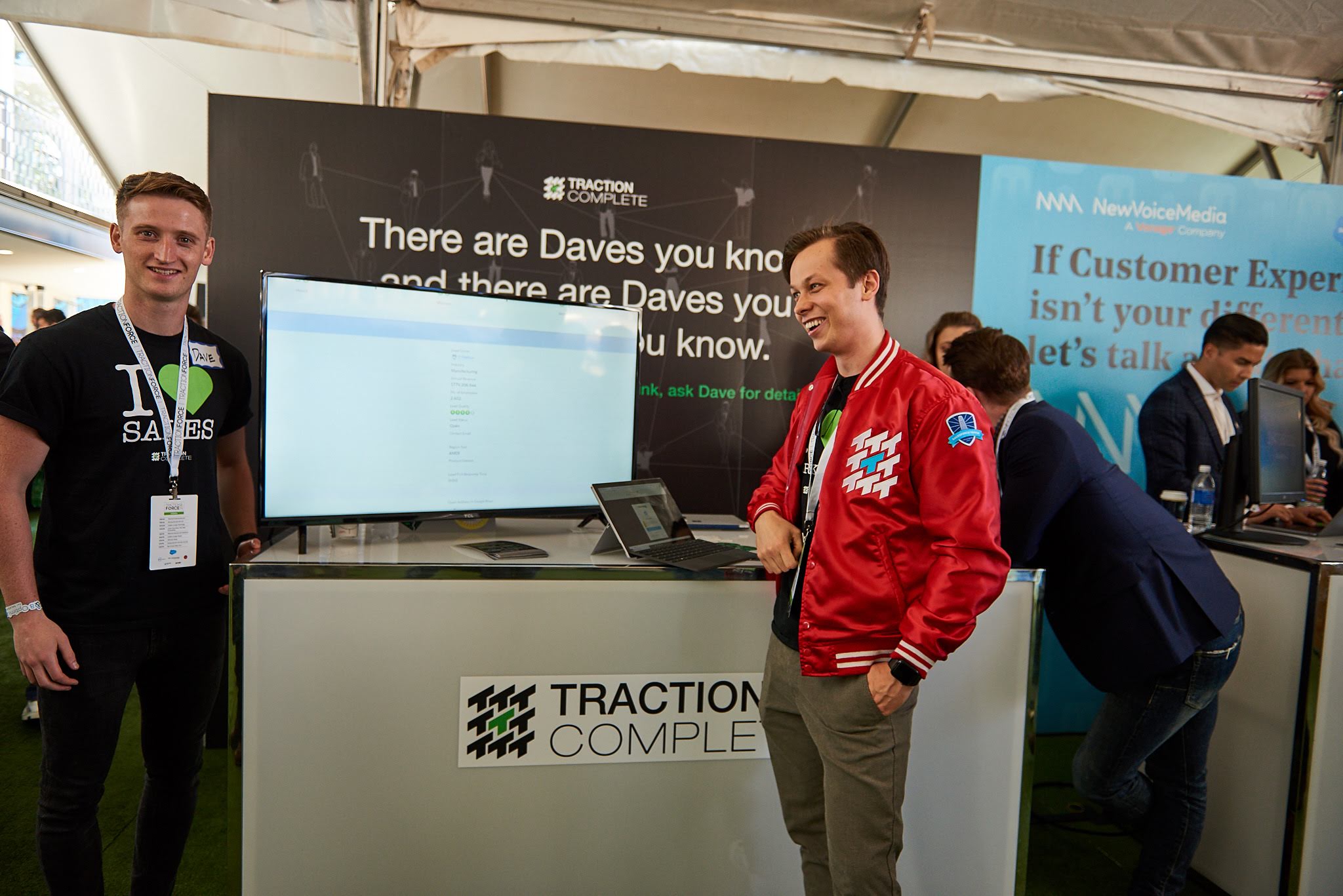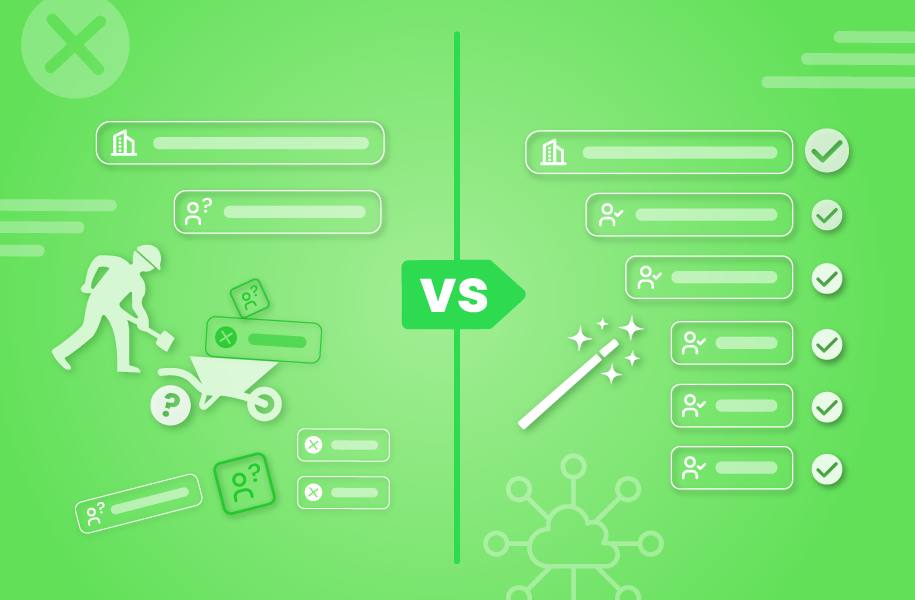In the sales process, converting a Lead in Salesforce (to an Account, Contact, and Opportunity) is arguably the second largest milestone (after closing the deal of course). Lead conversion indicates that the prospect is someone you should invest in, with the potential to become a new client. For that reason, it’s not surprising that Lead conversion is a key metric that both Sales and Marketing use to measure their efforts.
This raises the question: when should you convert a Lead? It is a question without a simple answer. If you ask five Sales/Marketing leaders from five different organizations when they convert a Lead, you’ll get five different answers. While there is no one-size-fits-all answer to this question, there are some important factors to keep in mind when defining your process. This is probably where you’re expecting me to start talking about B.A.N.T. (Budget, Authority, Need, Timeline). Here at Traction, we use B.A.N.T. to define opportunities, but it’s only one piece of the equation that helps you decide when to convert a Lead in Salesforce.
Consistency is KEY
If you take nothing else from this post, the most important step to take is to define a process and stick to it. If you lack a clear definition of an opportunity or haven’t established rules that dictate whether you should convert a Lead, you’ll struggle to draw insights from your data and won’t be able to track your progress over time. At Traction, we’re big believers in the power of data and applying it to our sales strategies. We can do that because we have a defined sales process followed consistently by every member of our team.
When determining the most appropriate time to convert a Lead, we need to look at how it will affect every aspect of the business, including marketing, data, and sales. This often requires sitting in with each team to better understand how they are utilizing Salesforce. If marketing is tracking performance based on “Opportunities” converted and you redefine the Lead conversion process without consulting them, you’re going to have a lot of unhappy campers.
1. The Marketing Perspective
Marketing should be the first team you consult when establishing when to convert a Lead. Odds are this lead was generated from marketing’s efforts. You want to learn what the lifecycle of a Lead is within marketing and what actions trigger each stream in their marketing automation. According to a recent DemandGen Report, nurtured Leads produce, on average, a 20% increase in sales opportunities versus non-nurtured Leads. If sales reps are prematurely converting Leads, prospects will be removed from the nurture campaign, missing out on the content marketing has specifically designed to drive value.
2. The Data Perspective
From a data perspective, the Lead object in Salesforce acts as a blocker to house all that messy data you’re getting from marketing, list loads, and sales reps. We don’t want that potentially bad data polluting our good account data and affecting our ability to report on it. Common challenges among organizations include sales reps over-converting Leads to opportunities and entering bad data on conversion. As a result, sales ops will struggle to report accurately and sales reps will waste hours a week swimming through duplicate accounts and bad data to find what they’re looking for. A Sirius Decisions study found that duplicate data costs $1 to prevent, $10 to clean at a later date, and $100 if it is never dealt with.
3. The Sales Perspective
You need to think about what your average sales cycle looks like. This includes asking:
How long is it?
How many people are involved?
Which indicators typically suggest a prospect will buy?
For a high volume transactional business with a short sales cycle and few stakeholders, it makes sense to wait a bit longer before converting to avoid creating too many accounts. However, the Lead record (object) comes with many limitations. It is not connected with related Contact records, Opportunities, or even other Account records in Salesforce; all of which is information that an enterprise sales rep will need to work effectively. For that reason, if you are selling an enterprise product you may want to convert sooner to track all stakeholders to gain insight into which products they’re interested in. This is especially true if there are multiple sale cycles running simultaneously.
Don’t Convert without the Complete Picture
What if you could have the best of both worlds? Get a true customer 360 without having to risk polluting your Account and Opportunity records with bad data.
Traction Complete is a Salesforce AppExchange app that allows you to do just that. Matching Leads to Accounts, Contacts, Opportunities, as well as other Leads in Salesforce so your sales reps can get a true customer 360 right on the Lead object. By enriching data down from the Account you can improve Lead scores and report on Leads by Account. Follow the link for a free demo of Traction Complete.




